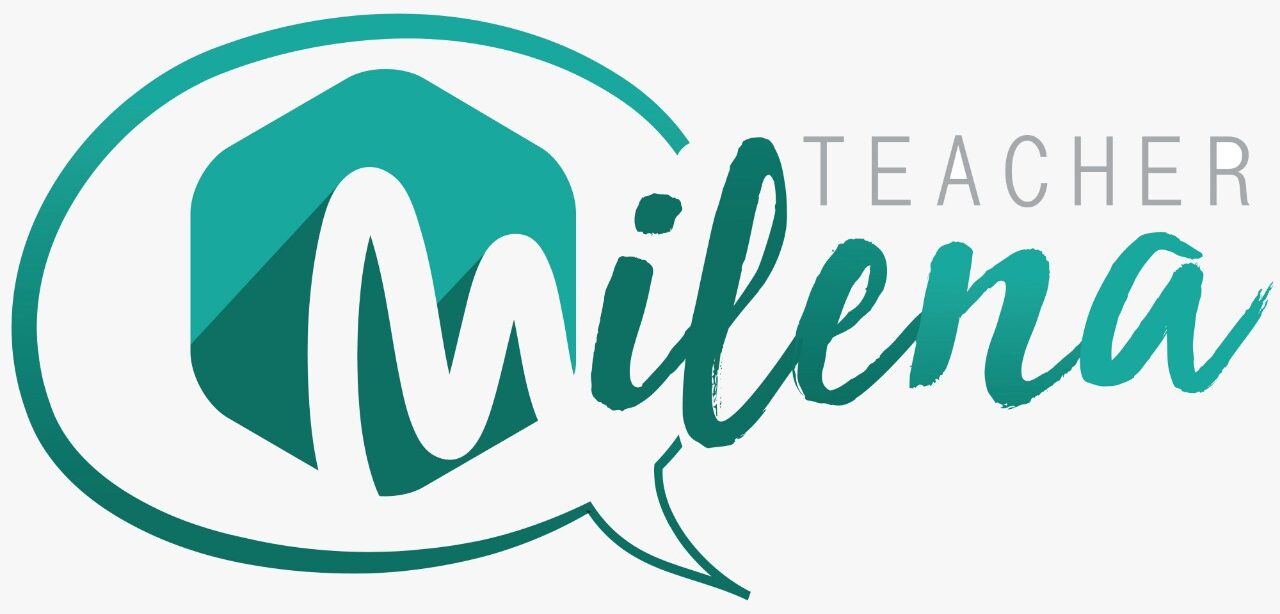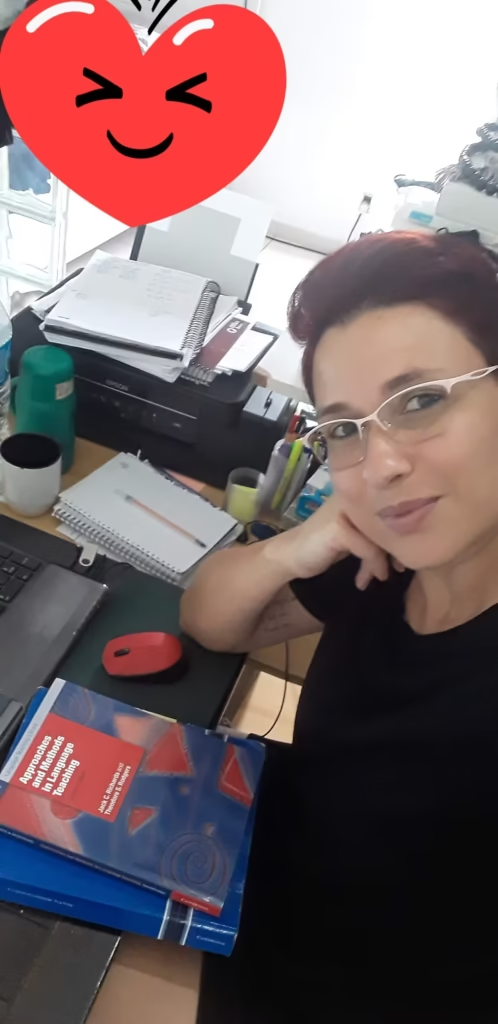Prep time teachers and it can very tricky to decide what book collection to use (if any at all) with the new student that has started classes with you. What I like to do before any actual class with content, is to schedule an interview (and I don’t charge them for that) in order to really understand students’ wishes, needs, and due dates. It’s easier to establish parameters face to face. Also, I take advantage of the opportunity to assess their level of English.
An activity I like to use at this first moment is “petcha kutcha” – a PowerPoint presentation with images on each slide (the original petcha kutcha presentation comes with 20 slides, but I don’t use that many). The presentation is programmed to change slides automatically after a period of time. In each picture, they are supposed to talk about what they see (they are free to create sentences, to make up a story using that picture as a reference, or to just list the vocabulary they know).
Petcha Kutcha gives me an opportunity to assess their level of vocabulary, grammar structures, and pronunciation briefly in order to know what kind of basis they have.
After that, I work with an interview and a written task (short simple paragraph).
Then I choose the book, right?
Not so simple, though.
Depending on the circumstances, students are false-beginners (they know some elementary structures but cannot use them properly so, they can’t move on). Students under this umbrella have studied English before and are trying to get their groove back.
What I do then is to create a review of A1 level to work with them, and after this structured review is done, we consider a book to be used.
A1 level content would basically consider the following:
*the alphabet / numbers / greetings / prepositions of place / objects in English / countries and nationalities / family / activities – action verbs / parts of the body / days of the week / places / jobs / telling the time / restaurant menu / colors / daily activities – routine
* to be / possessive adjectives and pronouns / definite articles / indefinite articles / plural / genitive case / can, can’t / simple present / adverbs of frequency /
Wouldn’t it be easier to buy a beginner’s book then?
Well, that depends. If the student has already studied many times before and hasn’t been able to acquire the level of proficiency he needs, buying a book that starts with the alphabet and numbers may damage his confidence. I like to combine different activities in order to review all the basics and then move on to a book collection.
What book collections do I use?
I like to use Interchange intro (for the true beginners), Interchange 1, Four Corners 3, Four Corners 4, Viewpoint 1, and Viewpoint 2 (in terms of sequence), but I am also a big fan of the Northstar collection.
Books collections are a personal choice of the teacher, decided altogether with the student.
What if I don’t want to use a book, or my student is not willing to pay for a book or do not have the means to do so.
Well, the first thing to keep in mind is “what’s is the sequence of content ( considering everything – grammar, vocabulary, and skills) I am going to use?”
Keep track of everything your student does and keep track of his progress.
Develop ways to assess his progress and provide feedback to him.
Use the Common European Framework to guide you in terms of “what my student is expected to do at this level”
Be creative.
Make sure you understand your students’ individuality, level of motivation, the kind of student they are and use it to help them.
Those are some of the rules I use with myself when preparing for my classes every week.
And you? Do you use book collections? Which ones? Or you prepare your


